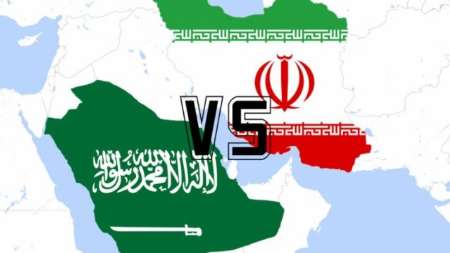Saudi Arabia Cuts Diplomatic Ties With Iran
January 25, 2016
On the third of January, 2016, Iranian protesters in the country’s capital, Tehran, stormed the embassy of Saudi Arabia. This was a reaction to the Saudi government executing Nimr al-Nimr, a leading Shiite cleric. This event marks the rapid escalation of of tensions which have their roots in a centuries-old dispute.
Islam, since the death of the prophet Muhammad (the religion’s founder), has been a faith divided. One group, the Sunnis, believe that the rightful caliph (successor to Muhammad and thus leader of the faith) was Abu Bakr, a close friend and adviser to the prophet. Another group, the Shiites, believe that the rightful successor was Muhammad’s cousin and son-in-law, Ali. This rift, although seemingly arbitrary more than a millennium later, is still tearing the region apart to this day.
In May 1916, the Sykes–Picot Agreement was signed between England and France. Its purpose was to divide up the territory of the former Ottoman Empire between the two powers after it was defeated during World War One. A major problem with this agreement was that it ignored the ethnic-cultural concentrations already established in the regions; the division of territory was based primarily on strategic location the availability resources. This led to great civil strife in regions which contained large amounts of both Shiite and Sunni Muslims, and further polarized relations between nations which contained large majorities of either sect. Each sect became associated with national identity.
All this culminated in the modern age to create a Sunni majority Saudi Arabia and a Shiite majority Iran which absolutely despise each other. The recent dynamism in this relationship was due to the Iran Deal between Iran and numerous western powers (including the United States) which lifted many economic sanctions on the nation in return for the removal of its ability to create atomic warheads. The Saudis, although appreciative of the nuclear restrictions, were apprehensive about the implications of a more robust Iranian economy — specifically, how it would be used expand their influence in the region. As a daring response, perhaps to show the United States it disapproval, the Saudi government executed Nimr al-Nimr, a Shiite holy man. This enraged the Iranian populace, who responded by ransacking the Saudi embassy in Tehran.
What happens next in this tense situation may very well be determined by the role that the US plays in escalating or deescalating the conflict. If war were to break out between the two nations, Iran would easily defeat Saudi Arabia with its larger and better organized army and (especially) navy. However, that would only be the case if the US did not ally with the Saudis, which would significantly turn the tables. Such a war would also have significant economic consequences on the entire first world, which relies heavily on Arabian oil imports. This only adds to the necessity that the issue be examined now, when there is still time, so that future conflict can be avoided.



